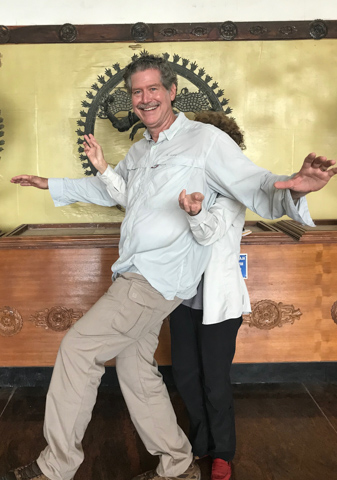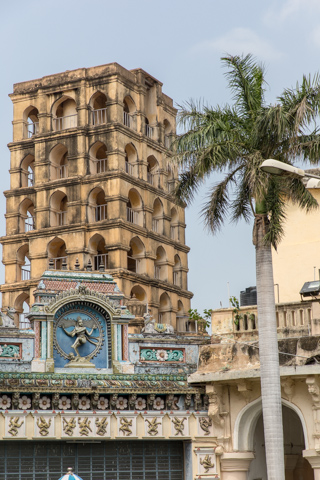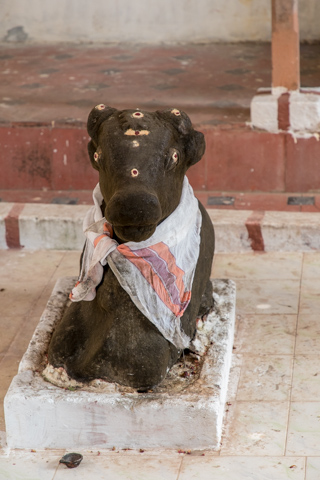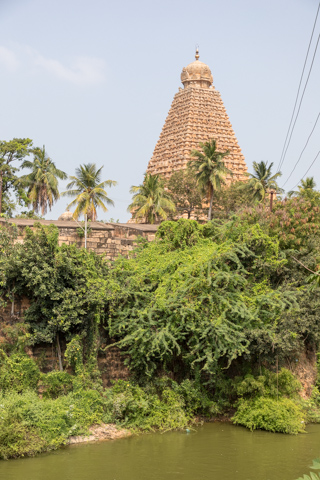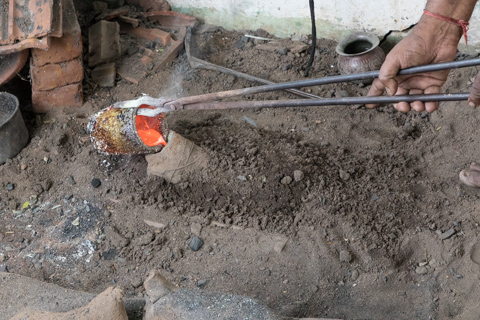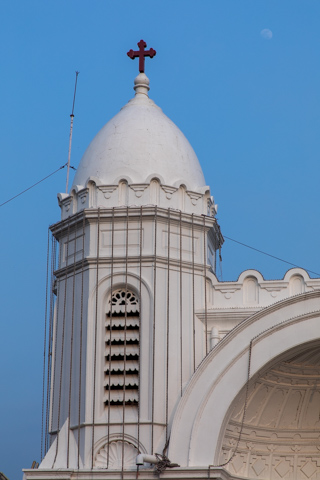Wednesday, December 19, 2018 -
5:30AM and we can hear the Hindu prayers begin.
7:00AM breakfast of fruit, dates, toast, honey and coffee.
5:30AM and we can hear the Hindu prayers begin.
7:00AM breakfast of fruit, dates, toast, honey and coffee.

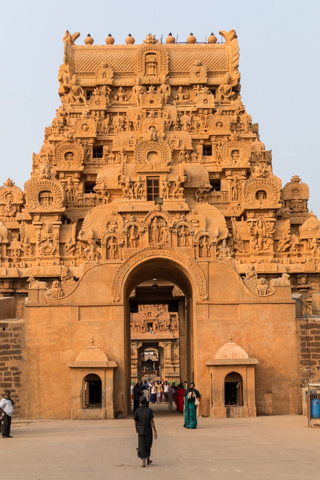
The Brihadisvara Temple became one of my favorites because of its beautiful natural granite. The stones from which the temple is carved were rolled up inclines by elephants and men 75 KM. The temple built in 7 years employed many people to complete it.
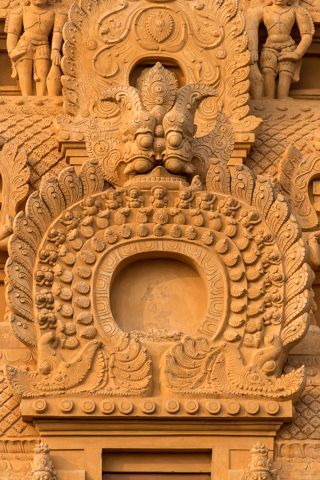
It is one of the largest South Indian temples and an exemplary example of a fully realized Dravidian architecture. Built by Raja Raja Chola I between 1003 and 1010 AD, the temple is a part of the UNESCO World Heritage Site known as the "Great Living Chola Temples", along with 2 other temples. We will visit all three before the trip is done.
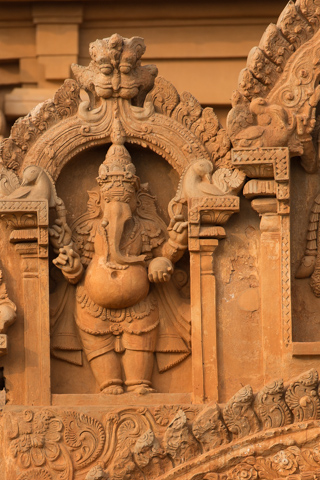
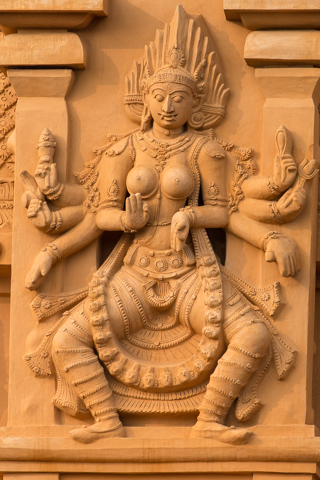
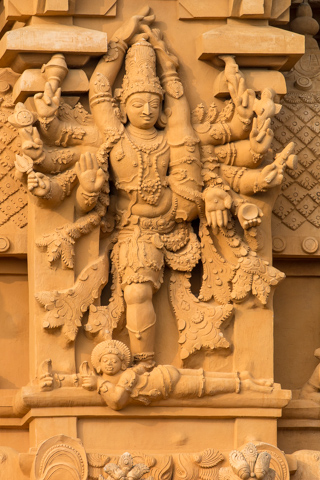
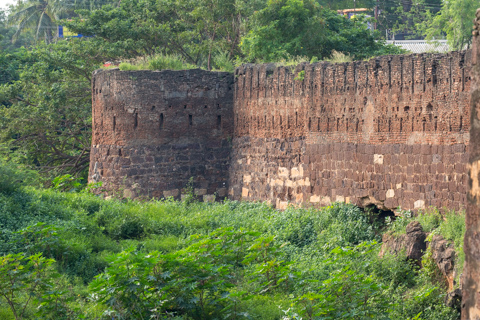
The courtyard is surrounded by two layers of walls. The outer layer was built by French forces in 1777 not for repairing or renovating purposes, but they used the temple and its premises as an arsenal. Before this wall was built, there was a moat around it. The moat was covered, and the outer wall was raised around the moat.
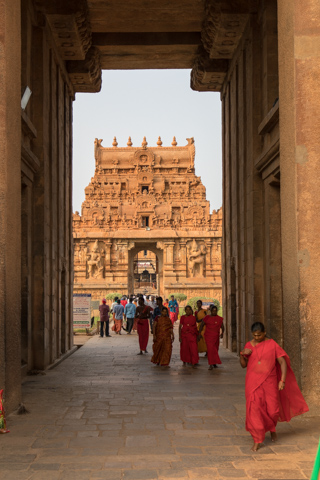
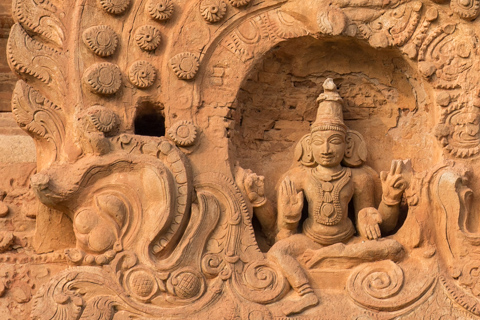
Man and cosmic together in a sign of prayer, "Namaste"
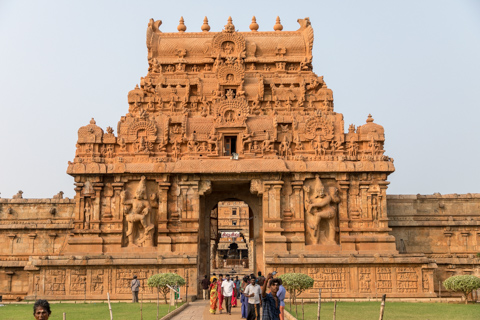
It was Marathas who named this temple as Brihadisvara temple which means "Temple of the Great God." The Marathas renovated and built many additional temples and gopurams (tower/gate) to the main temple complex.
The temple is constructed using granite, and the wall surrounding the temple complex was made up of bricks.
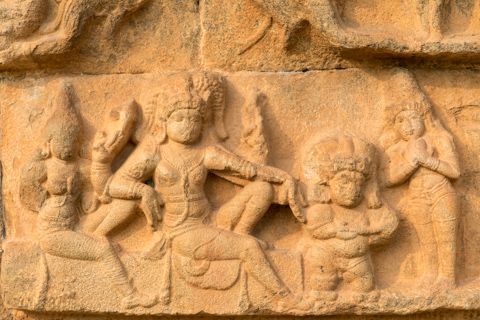
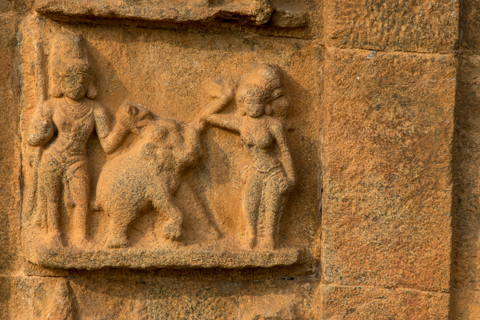

The Sanctum is 66 meters high, and the top is 80 tons of solid rock. Construction began in 1003 and was finished in 1010.
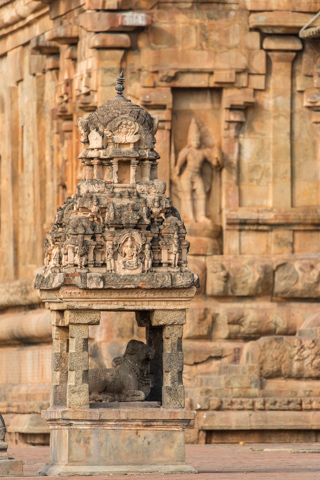
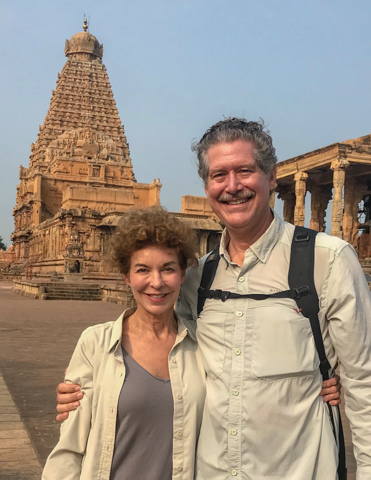
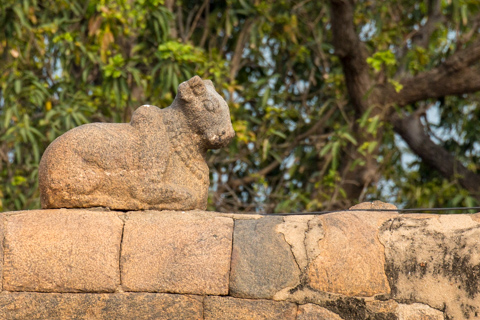

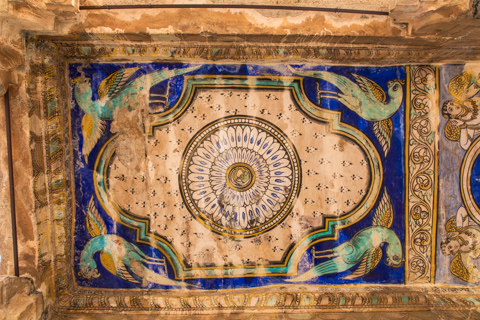


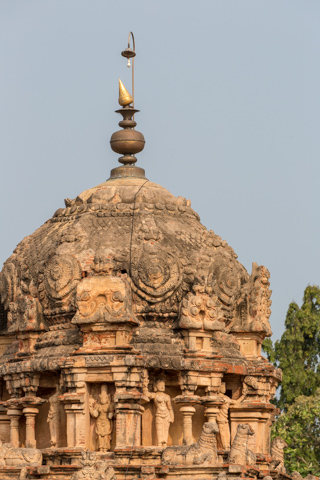
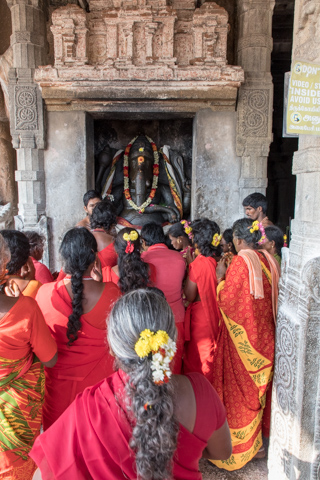
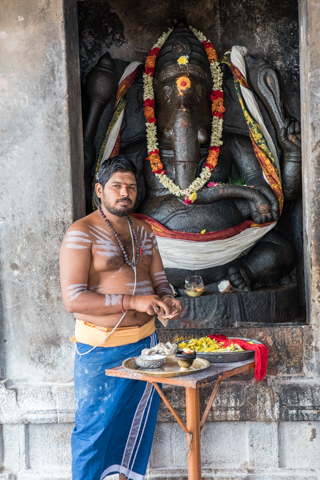
As we walked to view the Sanctum, we listened to the sounds and chants of prayers and singing.
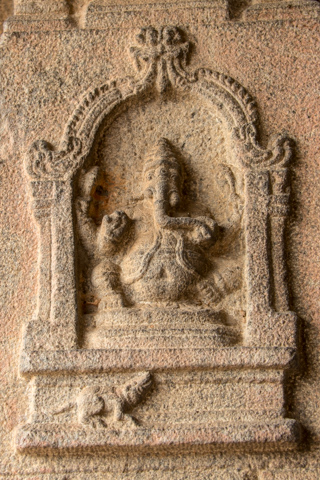
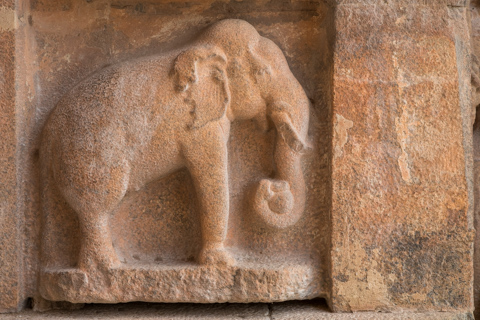
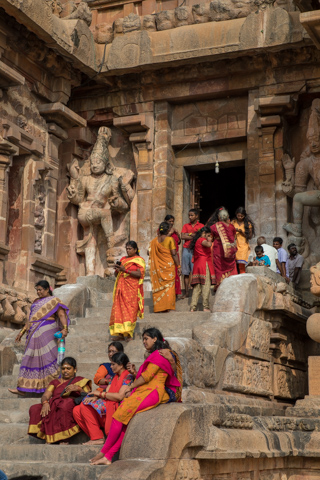
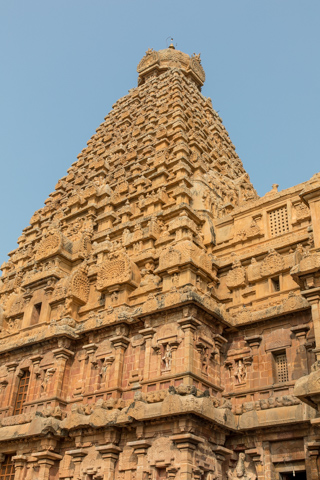
It contains pillar-like structures and carvings of various Gods and Goddesses of the Hindu religion. Above the Vimana is the shikhara (the top stone) which is octagonal. Above this shikhara is the Kalasa (the pointed brass at the top). The shikhara is nearly 80 tons, and it is generally believed that it was conveyed to the top with the help of an inclined plane which started from four miles north-east to the city of Tanjavur.
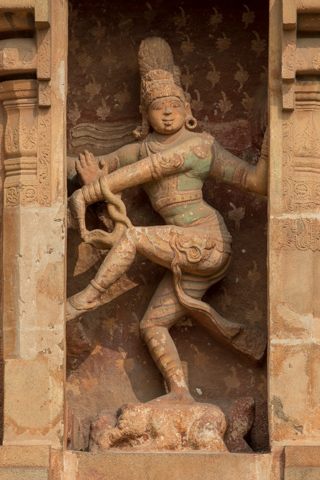
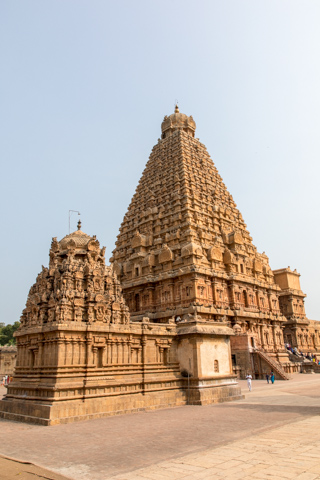
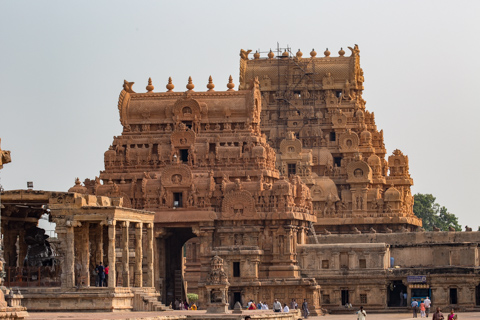
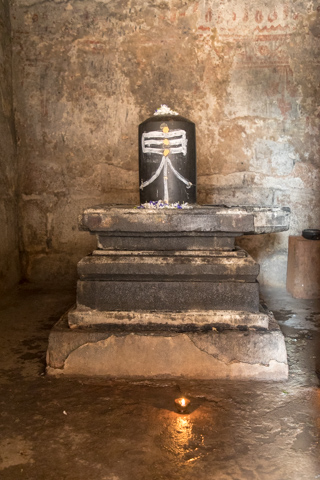
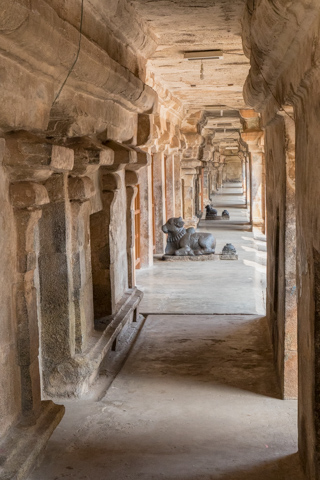

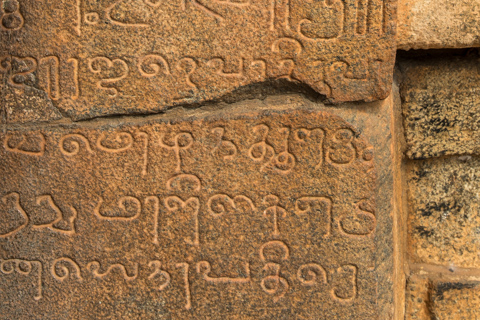

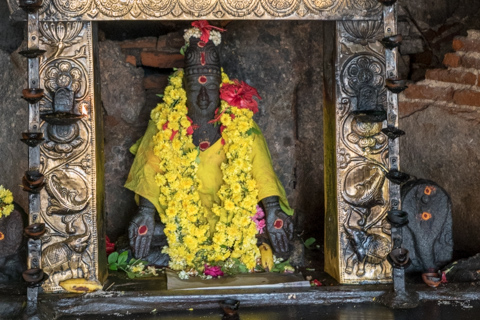
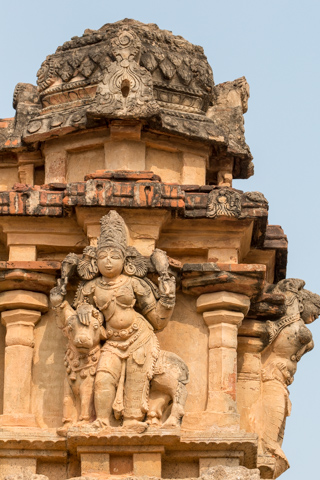
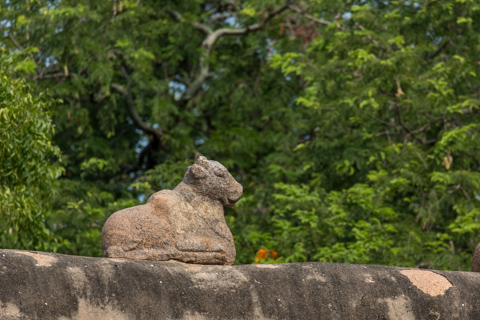
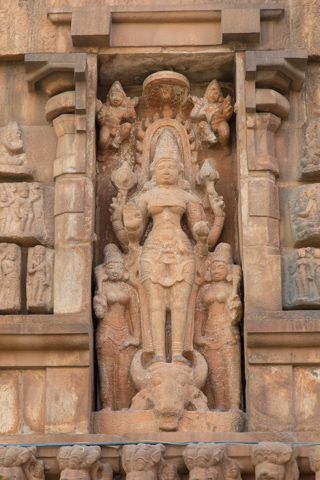
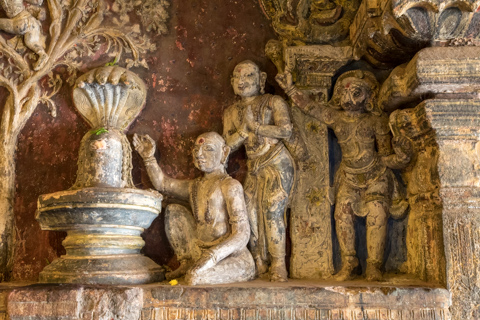
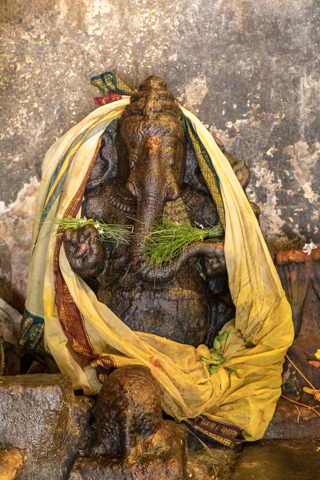

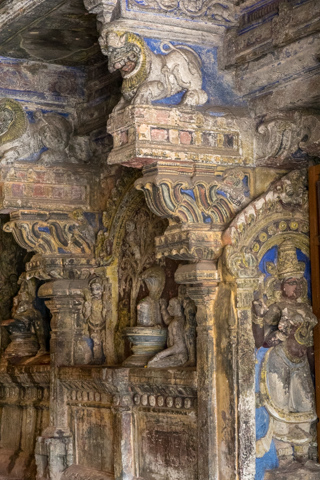
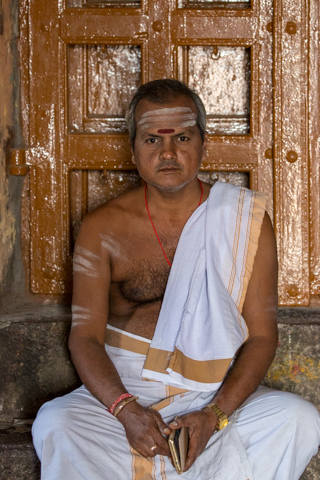
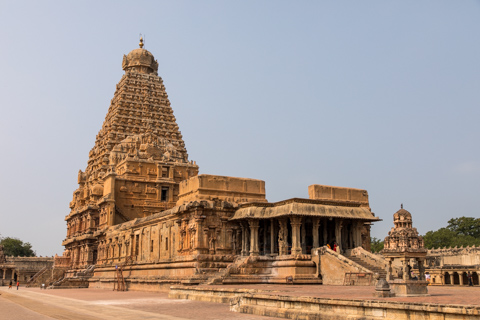
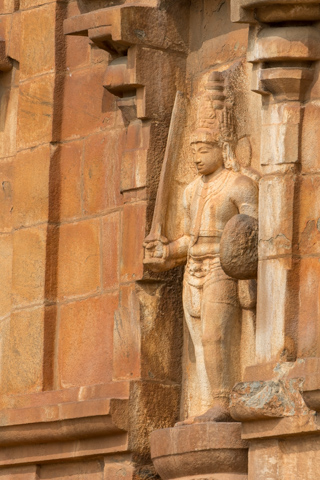
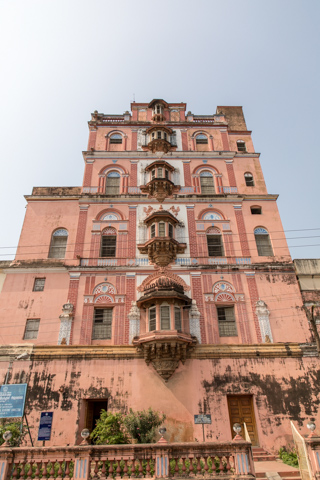

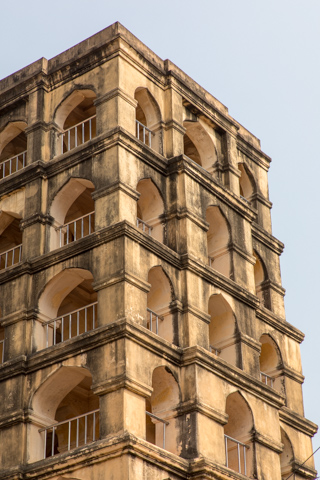
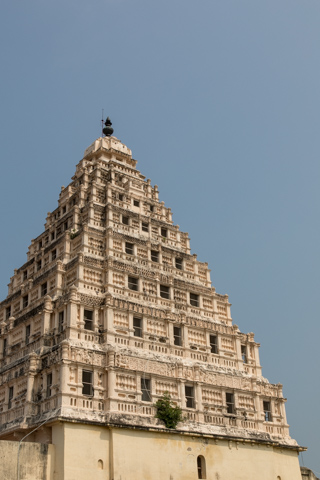

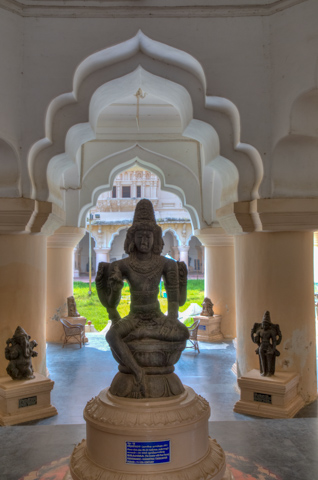
The bell tower from the 16th century would ring to tell the citizens the time.
